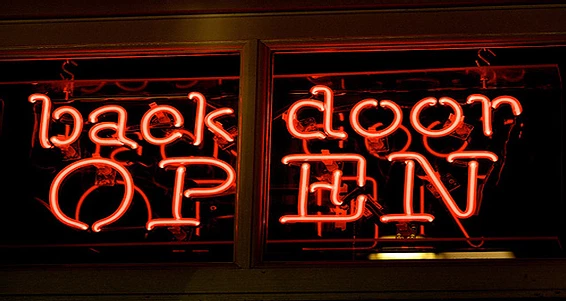Federal Judge Orders Apple to Build a Backdoor to iPhone
While Apple CEO Tim Cook Believes FBI Intentions Are Good The Company Will Oppose The Order.

Approximately two months later after the massacre, the iPhone of one of the San Bernardino killers is still encrypted, despite the best efforts of mobile forensics experts to “crack” it.
On December 2, 2015 Tashfeen Mailk and her husband Syed Farook killed 14 people and wounded 21 others in a mass shooting at Farook’s workplace, a county public health facility in San Bernardino, California. The couple subsequently died in a shootout with police later that day. An iPhone was recovered from the scene but because investigators didn’t know the passcode they have been unable to access the phone’s data. Of particular interest to the FBI is a window of approximately 18 minutes in which authorities can not account for the two killers’ whereabouts.
On Tuesday, February 16, 2016 a ruling from U.S. Magistrate Sheri Pym now requires apple to provide “reasonable technical assistance” to the FBI. Should Apple provide a backdoor to the iPhone operating system (software that can disable the security feature that erases data from the iPhone after too many unsuccessful attempts to unlock it) then the FBI can attempt as many combinations as necessary to unlock the iPhone.
Late Tuesday, Apple CEO Tim Cook said the company will oppose the federal judge’s order and published a message to its customers on the company website. In summary, Tim Cook said the order “threatens the security of its customers” and “has implications far beyond the legal case at hand.”
It will be interesting to see how the topics of encryption, privacy and data security play out in public forums, court and whether or not Apple complies with the government’s order to build a backdoor for the iPhone operating system. The implications are mind-boggling. Stay-tuned!


